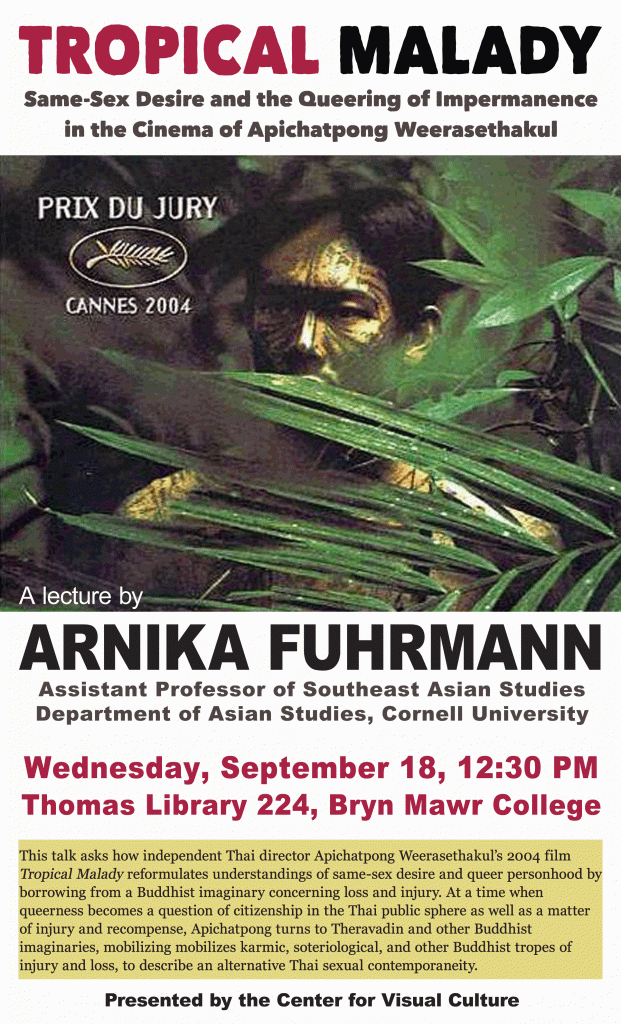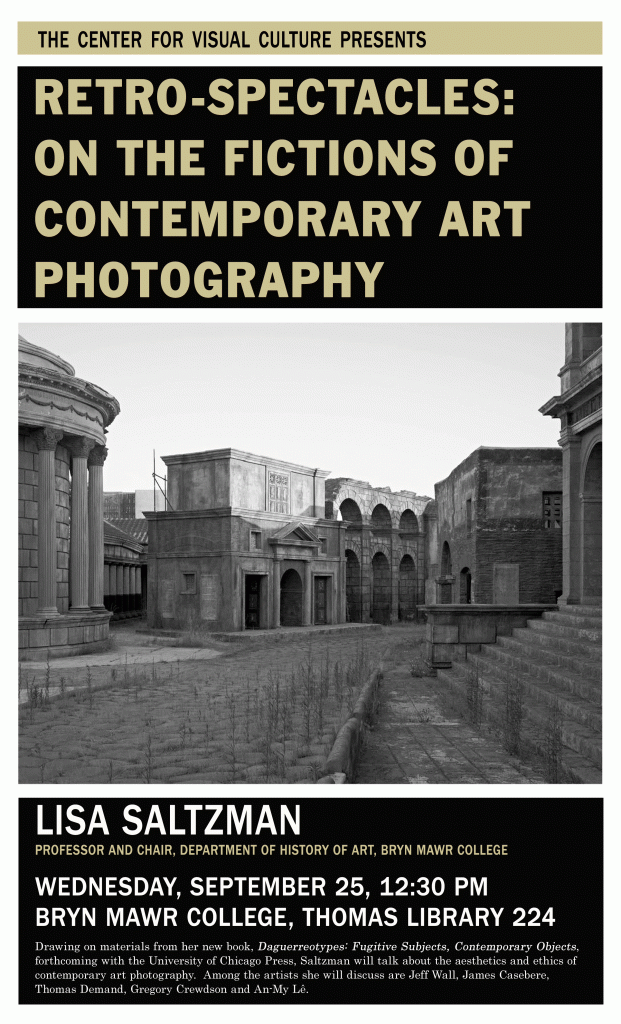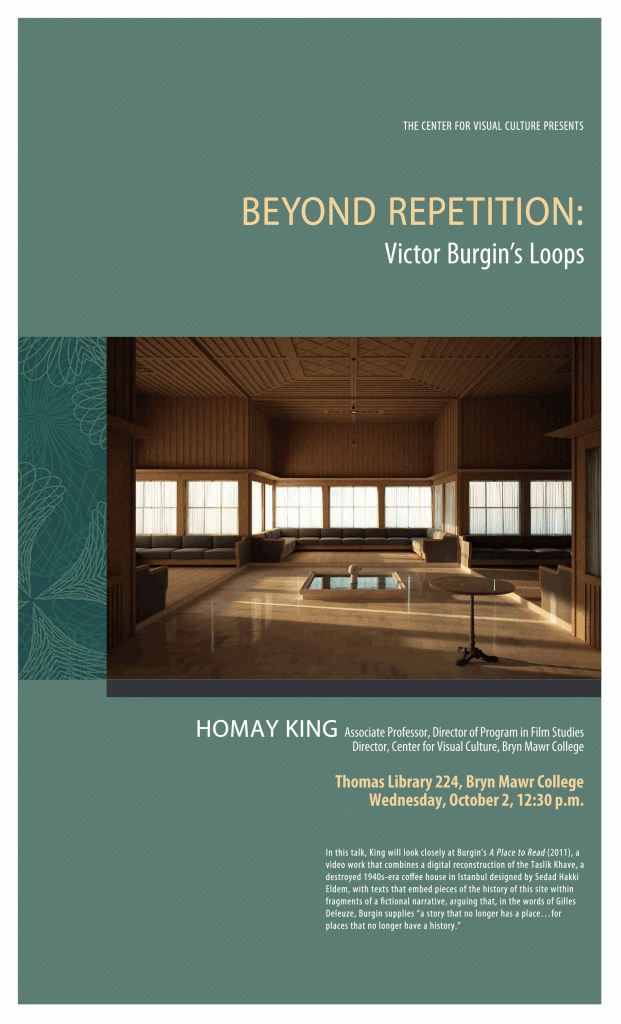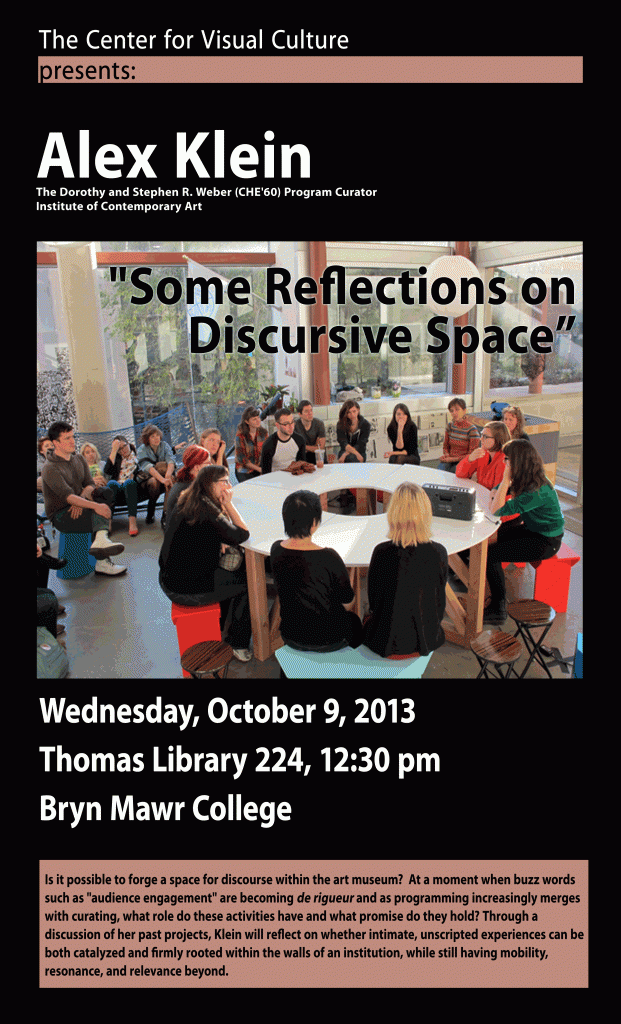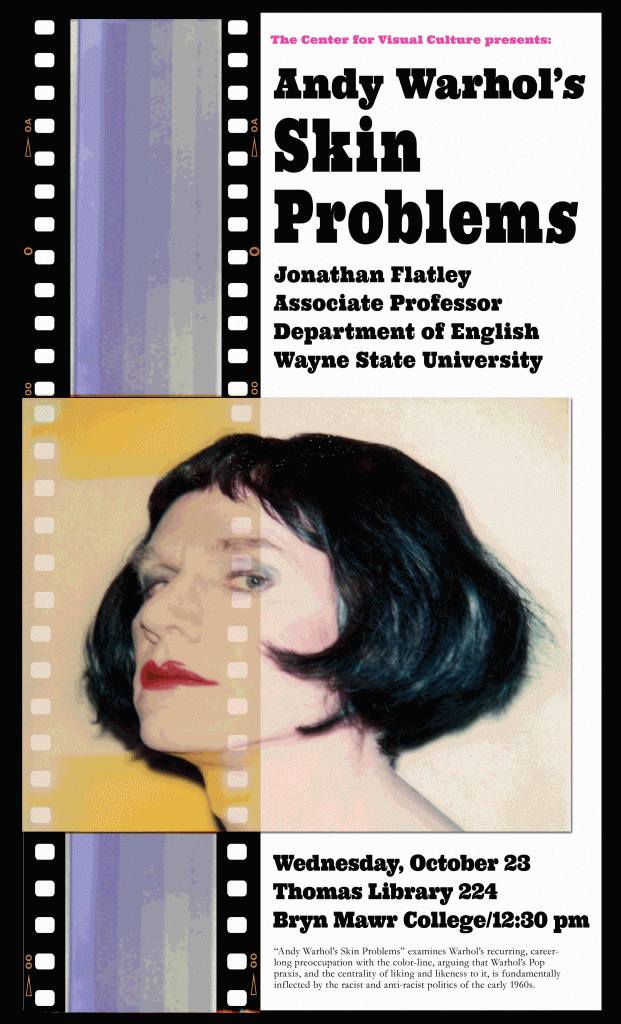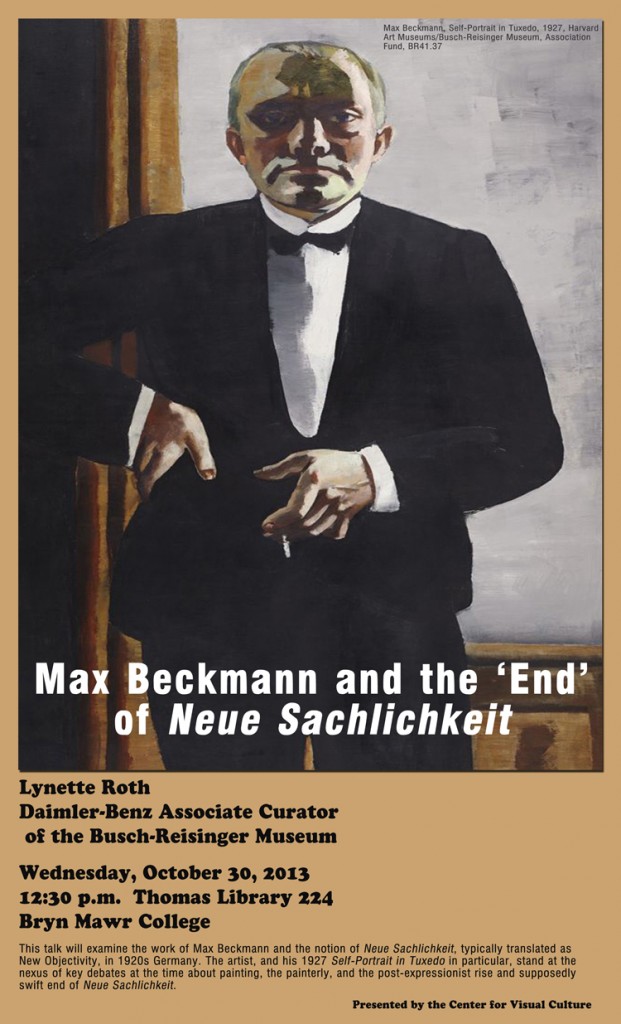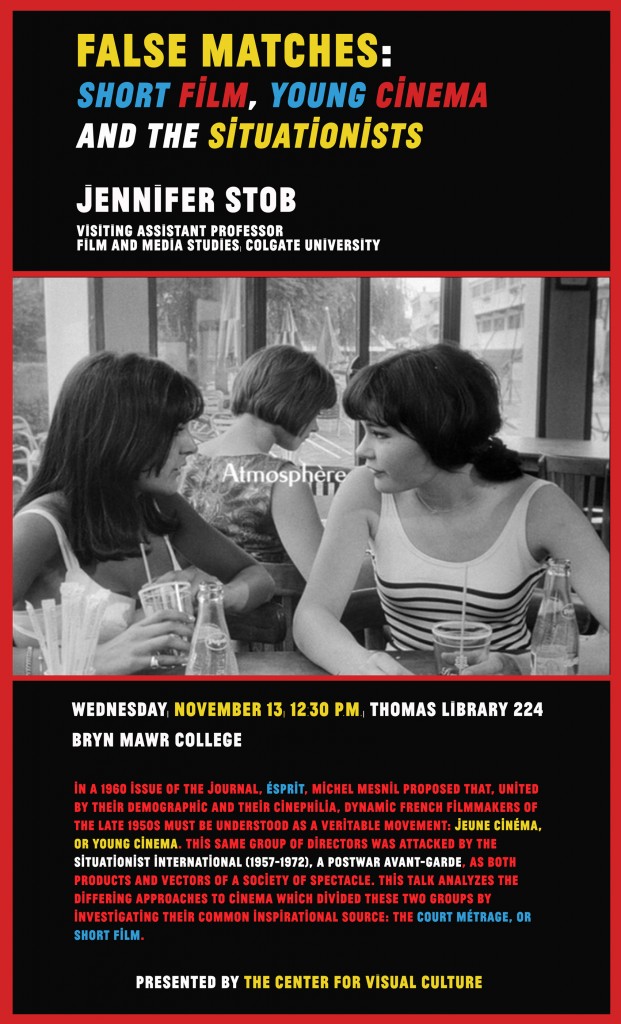HOME: DEPARTURE AND DESTINATION
October 4-5, 2013
The Bryn Mawr Community is warmly invited to the Ninth Biennial Graduate Group Symposium. This event brings Bryn Mawr’s Graduate Group together with graduate students from around the country to present research and examine ideas around “Home” from the perspectives of Archaeology, Classics, the History of Art, and beyond. Kostis Kourelis, Assistant Professor at Franklin and Marshall College, will start off the symposium with Friday’s Keynote Talk: “The Membrology of Home: Tales from the Archaeological Underground.”
This week, and throughout the Symposium weekend, a complementary exhibit of domestic items from the Bryn Mawr Special Collections will be on view in the Kaiser Reading Room, Carpenter Library.
For more information, including times and locations, please visit our new site:

